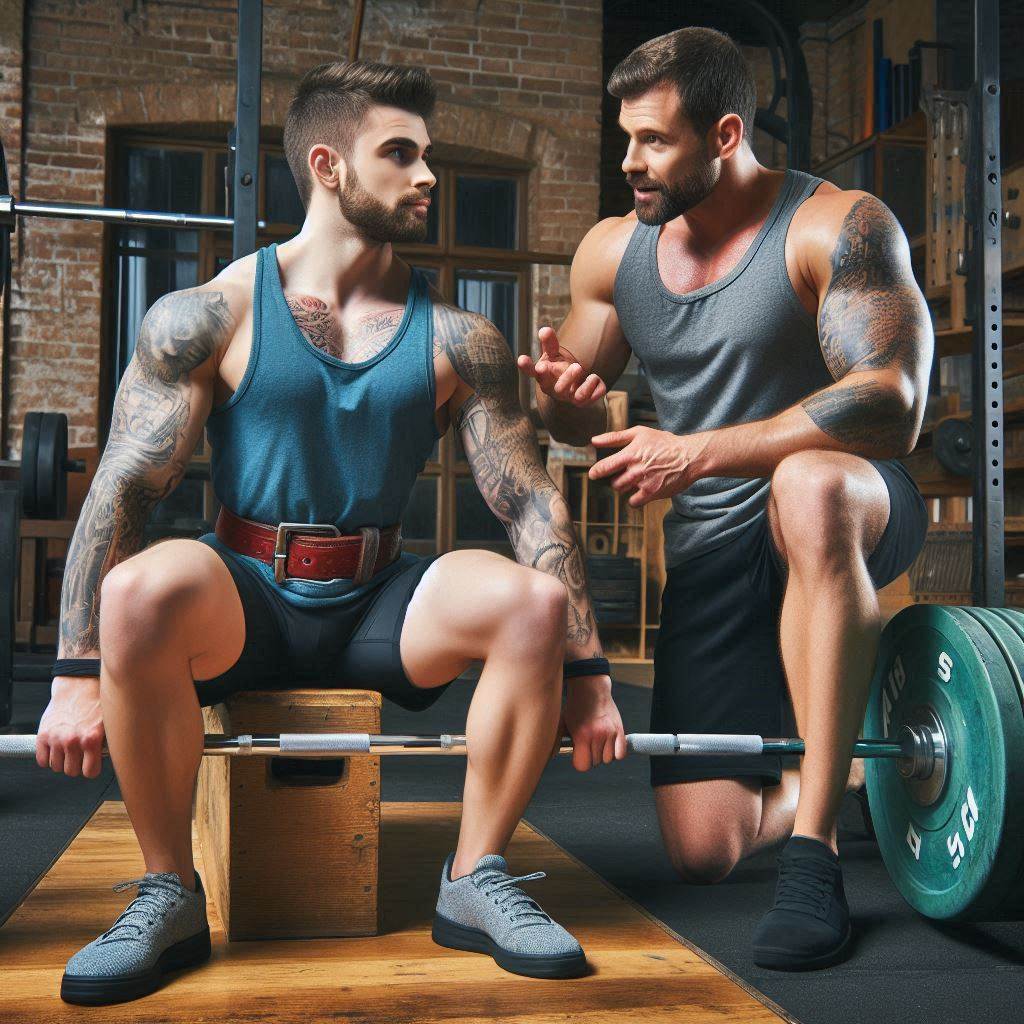Breaking Down the Basics of Weightlifting for Beginners!
Weightlifting is more than just lifting heavy objects—it’s about building strength, boosting confidence, and improving overall health. Whether you want to gain muscle, lose fat, or simply feel stronger, weightlifting is one of the best ways to achieve your fitness goals.
For beginners, stepping into the gym can be intimidating. The variety of equipment, workout plans, and fitness advice can be overwhelming. But with the right knowledge and a structured approach, weightlifting becomes an enjoyable and rewarding experience.
This beginner’s guide will cover everything you need to know to get started, including the benefits of weightlifting, fundamental exercises, proper techniques, and common mistakes to avoid.
1. Why Start Weightlifting?
Before diving into the practical aspects, it’s important to understand why weightlifting is beneficial.
Physical Benefits
- Increases Muscle Mass & Strength – Strength training stimulates muscle growth, which improves your overall strength and endurance.
- Boosts Metabolism – More muscle means your body burns more calories at rest, helping with fat loss and weight management.
- Strengthens Bones & Joints – Weightlifting increases bone density, reducing the risk of osteoporosis and joint-related issues.
- Enhances Posture & Stability – Stronger muscles support better posture and reduce back pain.
Mental & Emotional Benefits
- Reduces Stress & Anxiety – Lifting weights releases endorphins, the body’s natural “feel-good” chemicals.
- Improves Confidence – Seeing progress in the gym translates to higher self-esteem in everyday life.
- Promotes Better Sleep – Regular strength training improves sleep quality and overall energy levels.
Pro Tip: Don’t just think of weightlifting as a way to “get big.” It’s a functional tool for improving your entire well-being.
2. Essential Weightlifting Equipment & Gym Setup
If you’re new to lifting, you’ll come across various types of equipment. Here’s what you need to know:
Free Weights vs. Machines
- Free Weights (Dumbbells, Barbells, Kettlebells) – More effective for building functional strength and stabilizer muscles.
- Machines – Safer for beginners, as they guide movement and reduce injury risk.
Other Equipment to Consider
- Bench Press Station – For pressing exercises like the bench press.
- Squat Rack – Essential for barbell squats and overhead presses.
- Pull-Up Bar – Great for developing upper-body strength.
- Resistance Bands – Useful for warm-ups and mobility work.
Home Gym Option: If you prefer working out at home, start with dumbbells, resistance bands, and a pull-up bar.
3. Basic Weightlifting Exercises
A good beginner routine should focus on compound movements—exercises that target multiple muscle groups at once. These exercises will give you the most bang for your buck.
Upper Body Movements
- Bench Press (Barbell or Dumbbells) – Works the chest, shoulders, and triceps.
- Overhead Shoulder Press – Strengthens shoulders, triceps, and core stability.
- Pull-Ups (or Assisted Pull-Ups) – Builds upper back and biceps.
- Dumbbell Rows – Great for back development and posture improvement.
Lower Body Movements
- Squats – The king of lower-body exercises, strengthening legs, glutes, and core.
- Deadlifts – A full-body exercise that develops strength in the posterior chain.
- Lunges – Excellent for leg strength and balance.
- Calf Raises – Helps with lower leg endurance and stability.
Core Movements
- Planks – Engages the entire core and improves posture.
- Hanging Leg Raises – Strengthens the lower abdominals.
Pro Tip: Master form with bodyweight movements before adding weights.
4. Structuring Your First Workout Routine
Beginner Workout Plan (3-Day Full-Body Routine)
This simple yet effective plan targets all major muscle groups.
| Day | Exercise | Sets | Reps |
|---|---|---|---|
| Day 1 | Squats | 4 | 10 |
| Bench Press | 3 | 8-10 | |
| Pull-Ups (or Lat Pulldown) | 3 | 8-10 | |
| Plank | 3 | 30s-60s | |
| Day 2 | Deadlifts | 4 | 8 |
| Shoulder Press | 3 | 10 | |
| Dumbbell Rows | 3 | 10 | |
| Hanging Leg Raises | 3 | 10-12 | |
| Day 3 | Lunges | 3 | 12-15 |
| Dumbbell Bench Press | 3 | 10-12 | |
| Pull-Ups | 3 | 8-10 | |
| Side Plank | 3 | 30s each side |
- Rest Days: Take at least one rest day between workouts to allow muscles to recover.
- Progressive Overload: Gradually increase weight or repetitions each week to continue improving.
5. Common Mistakes Beginners Make (And How to Avoid Them)
Even experienced lifters make mistakes. Here are some of the most common ones and how to fix them:
Mistake #1: Using Too Much Weight Too Soon
Why It’s Bad: Increases the risk of injury and prevents proper form.
Solution: Start light, master the form, and gradually increase weight.
Mistake #2: Skipping Warm-Ups
Why It’s Bad: Cold muscles are more prone to strains.
Solution: Spend 5-10 minutes warming up with light cardio and dynamic stretching.
Mistake #3: Neglecting Recovery
Why It’s Bad: Overtraining leads to burnout and injury.
Solution: Get at least 7-9 hours of sleep and prioritize nutrition.
Mistake #4: Poor Nutrition
Why It’s Bad: Lifting without proper fuel limits muscle growth.
Solution: Eat enough protein, healthy fats, and complex carbs.
Mistake #5: Skipping Leg Day
Why It’s Bad: Leads to muscle imbalances and weak lower-body strength.
Solution: Make sure your training program includes squats, lunges, and deadlifts.
6. Nutrition Basics for Weightlifting
You can’t out-train a bad diet. Focus on these key areas:
Protein Intake
- Why It Matters: Essential for muscle repair and growth.
- Sources: Chicken, eggs, fish, tofu, and protein shakes.
- Recommended Amount: Aim for 0.7-1g per pound of body weight.
Carbohydrates & Energy
- Why It Matters: Provides fuel for intense workouts.
- Best Sources: Whole grains, fruits, and sweet potatoes.
Hydration
- Why It Matters: Dehydration leads to fatigue and reduced performance.
- Tip: Drink at least 2-3 liters of water daily.
Conclusion
Weightlifting is one of the best ways to build strength, improve confidence, and enhance overall well-being. Starting out can be intimidating, but with the right plan, consistency, and patience, you’ll see results in no time.
Follow this beginner’s guide, stick to the basics, and gradually push yourself. Strength doesn’t come overnight, but every workout brings you one step closer to a healthier, stronger version of yourself.




